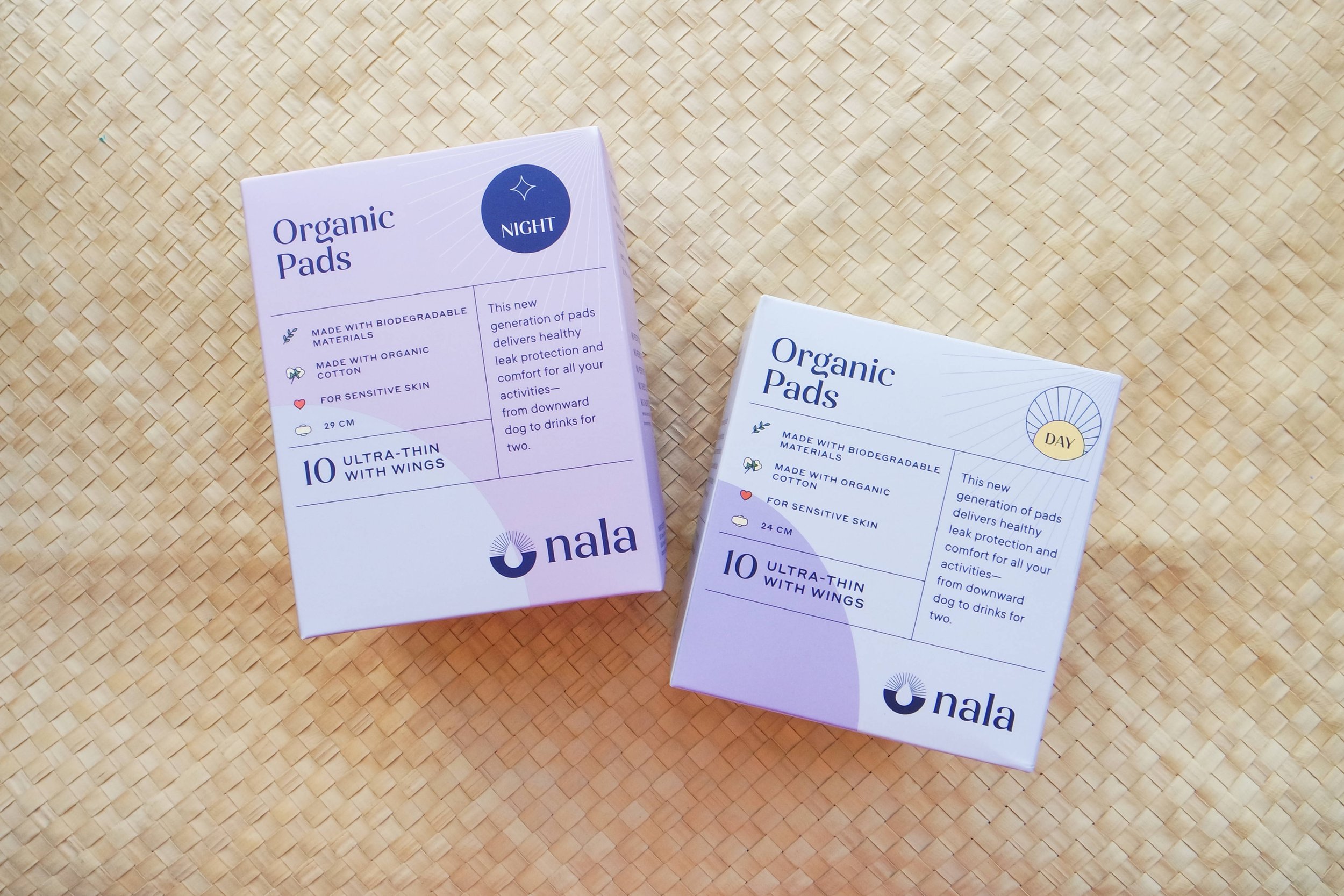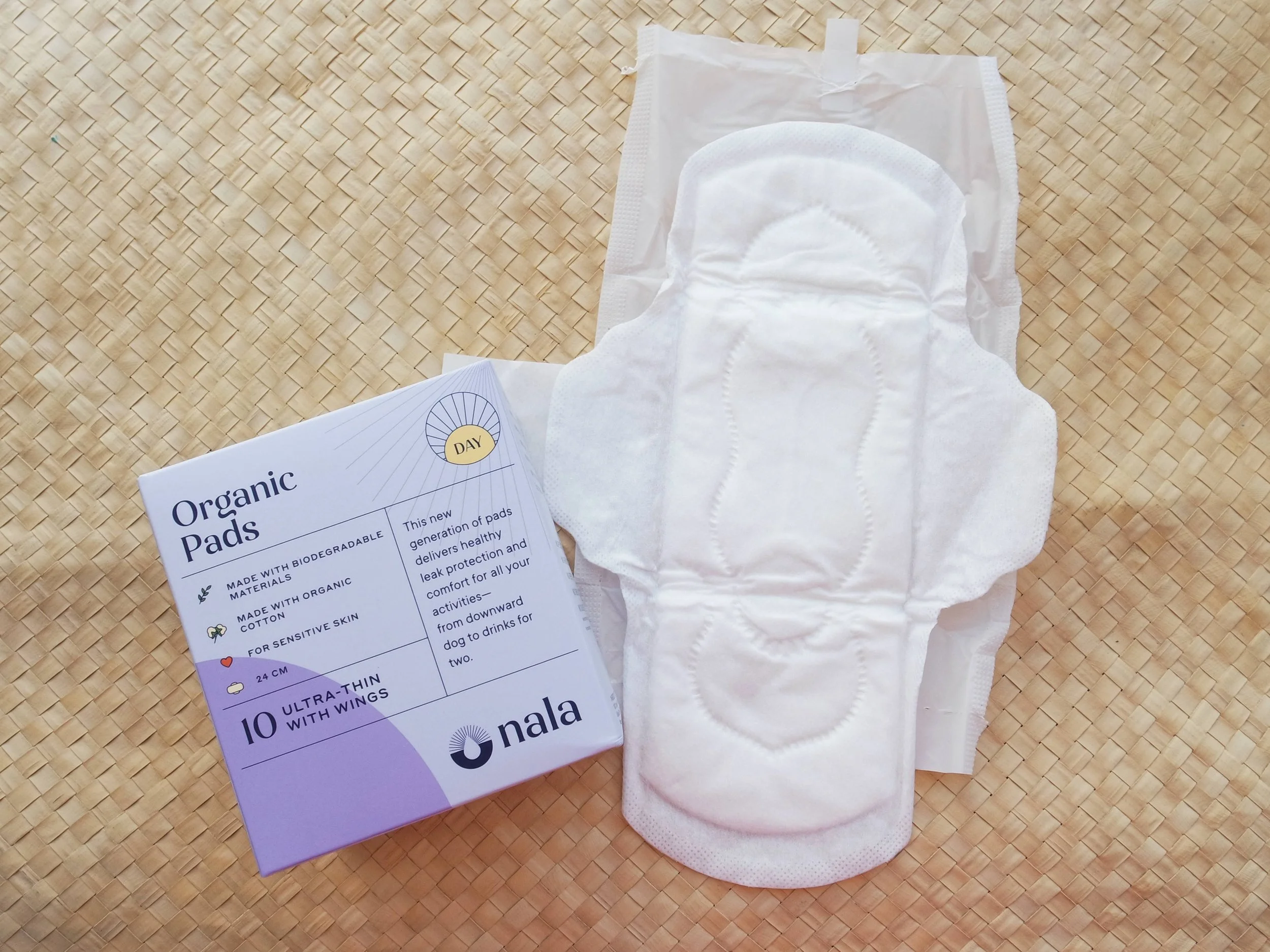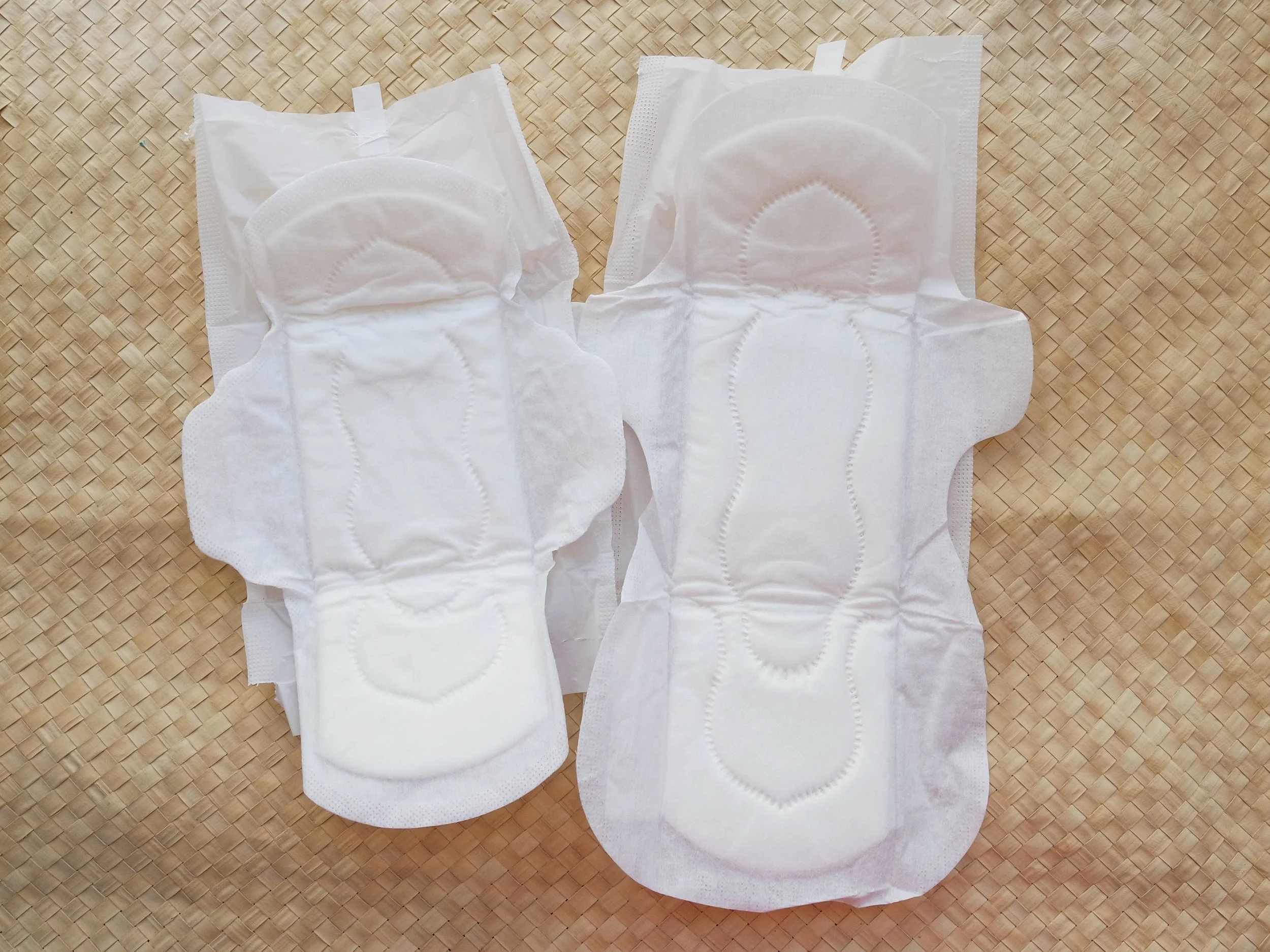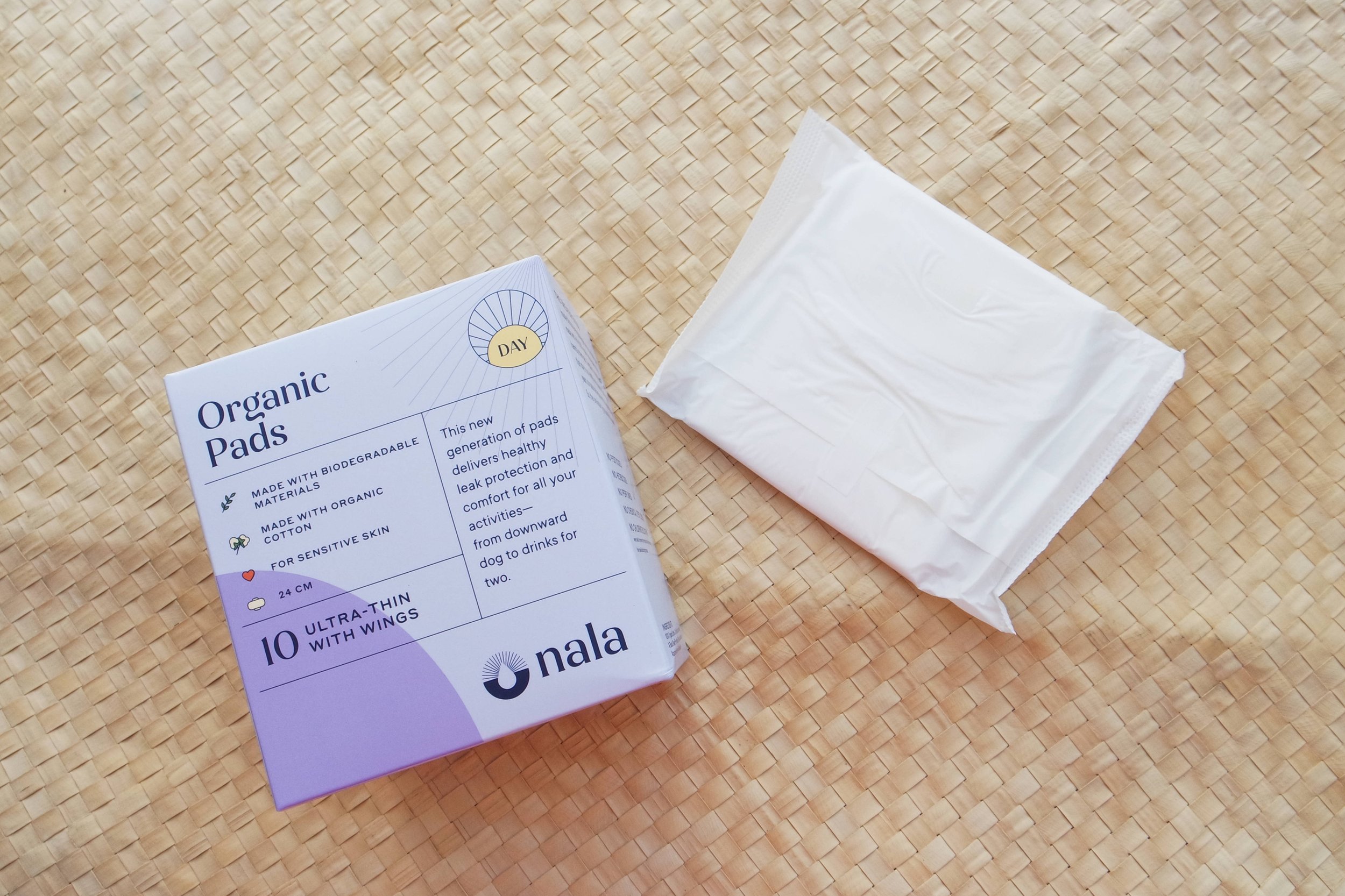Menstrual cups not an option? Check out these biodegradable pads instead!
When menstrual cups started showing up more and more in the Philippines, I rejoiced. I liked the idea of a more eco-friendly alternative to the pads I’ve used since puberty. Unfortunately, I didn't have the best experience in finding the right fit and ended up a little traumatized. So no judgment here if you really wanted to give The Cup a try, but it just wasn't for you. The next best thing is an alternative to the alternative: fully biodegradable pads!
The brand I've been seeing a lot of on social media is Nala. I bought both the Day and Night Pads via their Shopee store. (Yay for accessibility!) Aside from those two products mentioned above, they also carry tampons (regular and super varieties) and pantyliners. A box of 10 Day Pads are priced at P185, while 10 pieces of Night Pads go for P195. A Day/Night bundle is also available for P360.
Fast Facts
The top sheet of the pad is organic cotton, while the backsheet film and wrappers are made from corn-starch. As for the period-sucking palaman in the middle, it is made up of wood fluff pulp and Japanese Sumitomo Super Absorbent Polymer. Food grade glue serves as the adhesive component. The napkins are said to biodegrade in three years as there are no plastic components. These pads, along with another brand of biodegradable pads I saw in the supermarket, are manufactured in China.
Making an Impression
What I noticed right away was how the stretchy corn-starch wrappers and backing aren’t quite as resilient as their plasticky counterparts. This may seem like a superficial detail, but it actually plays a huge part in the usage experience and… learning curve. Yes, you read right. The first time I took out the pad from its packaging, I pulled it a little too fast out of the wrapping, and it stretched the backsheet out somewhat. I didn’t really think twice since this happens with the plastic kind as well, but the stretched backing + adhesive strength actually caused the backsheet to tear and stick to my underwear when it came time for me to change pads.
It was a little bit of a hot mess, TBH. The leftover backsheet could not be peeled off whole while the underwear was dry as the adhesive bond was still quite strong. Only little bits would come off. Though washing with water and laundry soap was able to unstick the entire thing without much fuss. What I learned: Peel the napkin away from the wrapping and from your undies slowly, deliberately, and with purpose. Don’t rush it! That’s the learning curve.
I was, however, able to spy the bits of wood fluff pulp and absorbent polymer inside. The former looks like stretched cotton, while the latter is like ground-up agar-agar jelly, just in case you’re curious.
Something to Absorb
Personally, my flow is on the light side and my periods typically last five days at a time. Apart from that first day when the Night Pad accidentally got torn and exposed the “goods” inside, I didn’t experience any leaks. The cotton cover also felt comfy, not soggy, so I think the absorbent fillings did their job sufficiently. Not sure how these’ll fare with heavier periods.
At the moment, the Day and Night pads are 24cm and 29cm respectively and don’t come in other lengths.
Soothing Sayings
Overall, my first experience with fully biodegradable menstrual pads has been a positive one after getting the hang of unsticking them. I do plan to fully transition to using them in the future. Now, the obvious drawback is the cost per pad, which is about three times the price of a regular pad with plastic components. Making the change is, therefore, a conscious effort as you have to set the budget for it. But then again, there are plenty of ways to address the monthly visitor, including reusable cloth pads and period underwear.
Have you tried other eco-friendly feminine hygiene products? Give us your recos on comments section!





